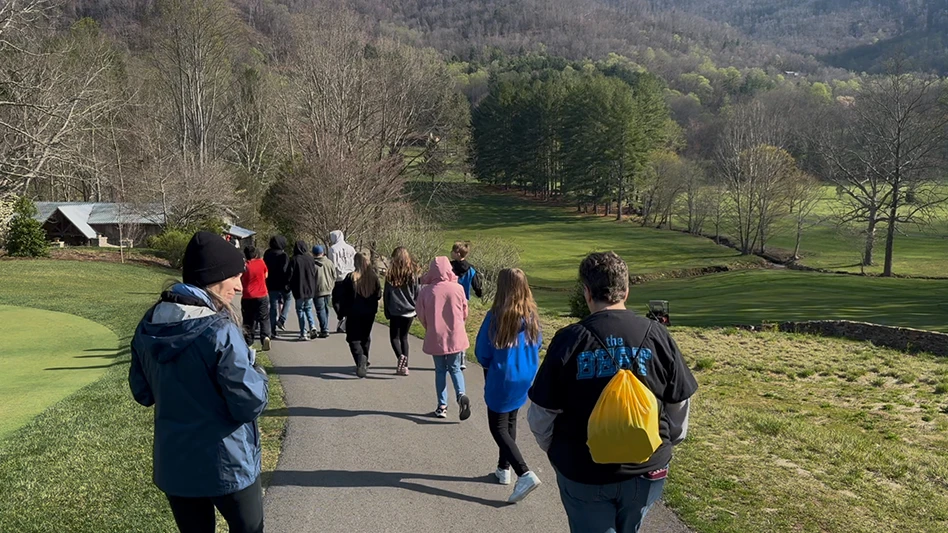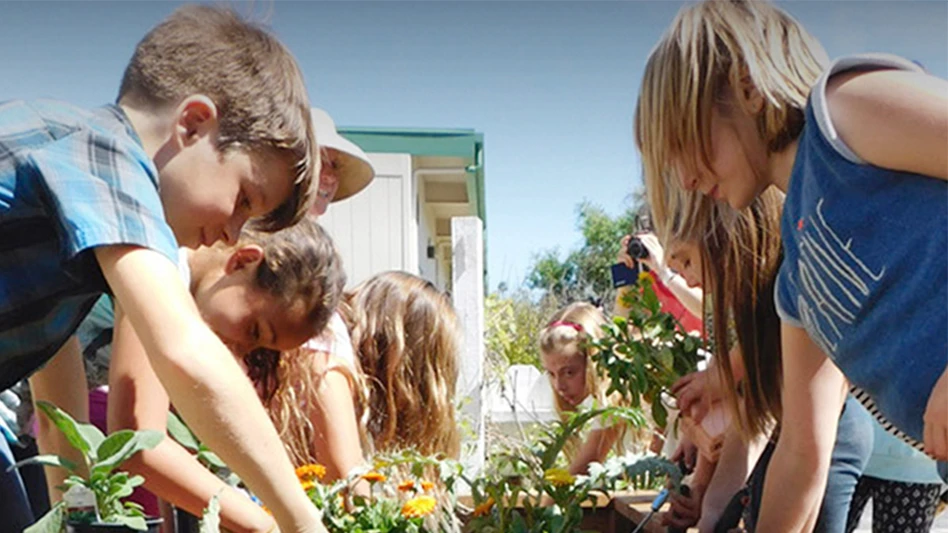Location: Every trade show floor or lobby since 2017
Participants: A quartet of golf course superintendents
Superintendent A: How are things going at the course?
Superintendent B: Can’t find labor. Nobody wants to work.
Superintendent C: Same thing for me. People are spending too much time on their phones these days.
Superintendent D: Yep. The robots can’t get here fast enough.
Well, the robots were here on a few North American courses. Now, they are gone – at least temporarily. Cub Cadet’s decision last month to halt production and eventual support of its RG3 autonomous greens mowers staggered an industry struggling to adapt to emerging technology.
Other manufacturers, most notably John Deere and Toro, are developing autonomous mowers. ETA is TBD. Even after arrival, adoption could be methodical. Initial cost and trust in autonomous technology are still gigantic barriers. Superintendents don’t own the businesses they represent. Not only must they be convinced a new technology works, they must persuade owners, members, boards and general managers that entrenched operational models are worth altering.
Matt LaWell’s cover story explores technology superintendents introduced at their respective courses in the 2010s and peeks ahead to the 2020s. As LaWell prepared to file his story, he received the news of Cub Cadet’s withdraw from the autonomous golf mowing segment. LaWell accomplished what humans still do better than any machine: he quickly adapted and completed the job.
Soil moisture meters, drones and digital job boards yielded efficiencies as golf endured shrinking budgets caused by the Great Recession and a subsequent labor crunch following the economic recovery this past decade. GPS sprayers were introduced in the middle of the decade, but superintendents didn’t begin pushing for them until the end of the decade. Manufacturers also made advances in mowing, irrigation and plant protection, although purchasing updated equipment, controllers and chemistries requires less of a mindset change than adding unfamiliar technology to an operation.
Where does this leave the industry in the next five years? Something already here could solve the dilemma posed in hallway conversations before reliable robots arrive.
People still want to work. They just want to work in different ways. They want flexibility and supplemental income. Some want to work 30 straight days. Others want to work between classes or another job. Some want the option of working in multiple industries.
A device you already have will connect you to these potential employees. You can grab a ride, get groceries delivered and score a date via a smartphone. Have you thought about using it to find employees to rake bunkers on member-guest weekend or help with in-house drainage projects?
Training, liability, payment, crew cohesion, tax structures and scheduling are among the hurdles with integrating the gig workforce into golf course maintenance. But once platforms emerge that connect employees seeking flexibility to green industry jobs, the possibilities for solving the dilemma posed in hallway conversations expand. Imagine the possibilities if 10 percent of the 24 million Americans who play golf express interest in flexible golf jobs, including maintenance. Few gig economy positions offer a perk comparable to golf privileges.
The robots aren’t here – yet. The people are here and millions are adjusting to new ways of finding work for adaptable bosses. Fortunately, smartphones are also here. The industry hasn’t come close to using such small devices to their full potential.
Get curated news on YOUR industry.
Enter your email to receive our newsletters.

Explore the March 2020 Issue
Check out more from this issue and find your next story to read.
Latest from Golf Course Industry
- The Aquatrols Company hires marketing manager
- Renovating Bredemus in West Texas
- Renovation starts at Okatie Creek GC at Sun City Hilton Head
- The Fittest Podcast in Turf: Episode 1
- New 6-hole course debuts in Oklahoma
- GCSAA announces Grassroots Ambassador Leadership Award recipients
- Reel Turf Techs: David Gummo
- PBI-Gordon promotes two to executive level






